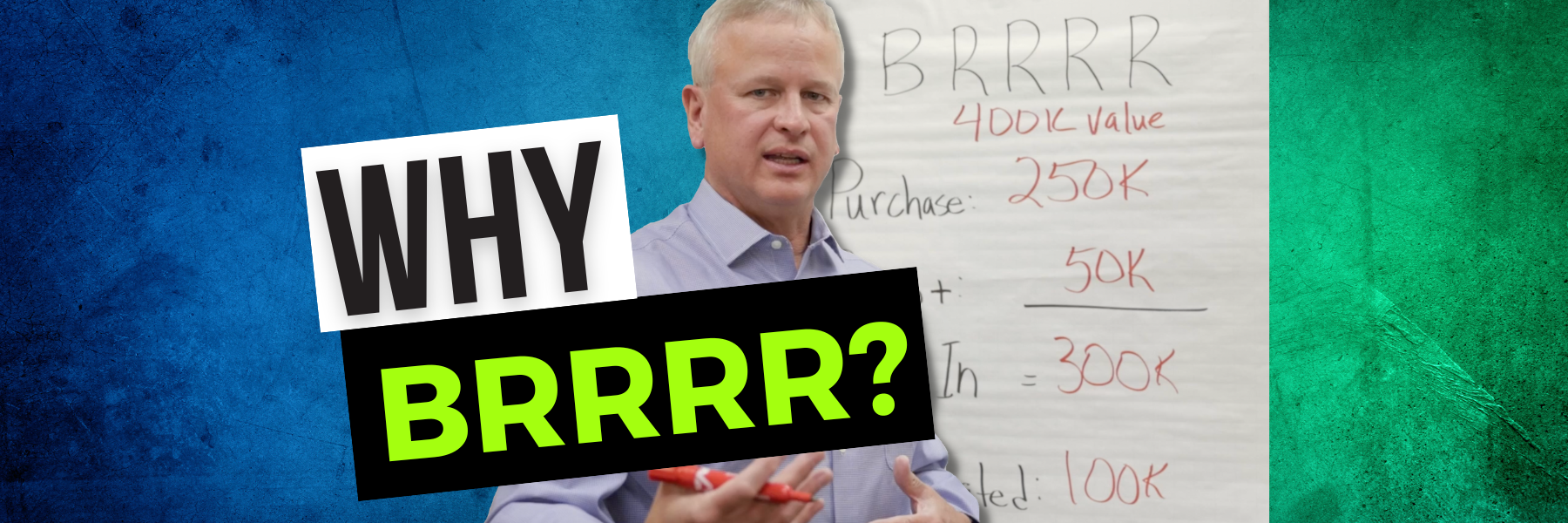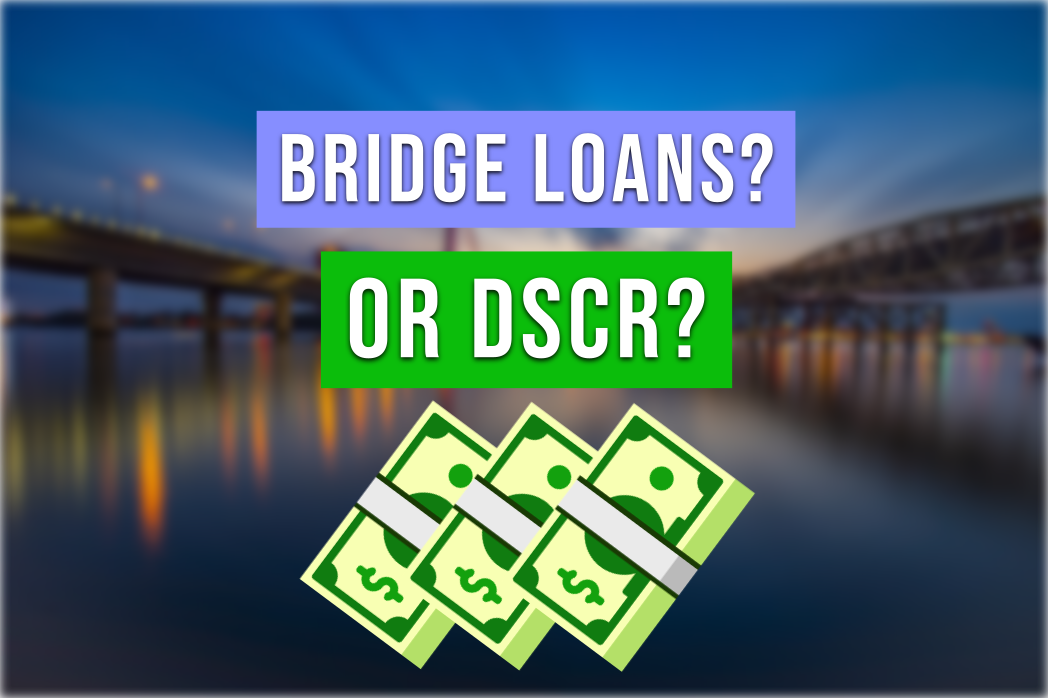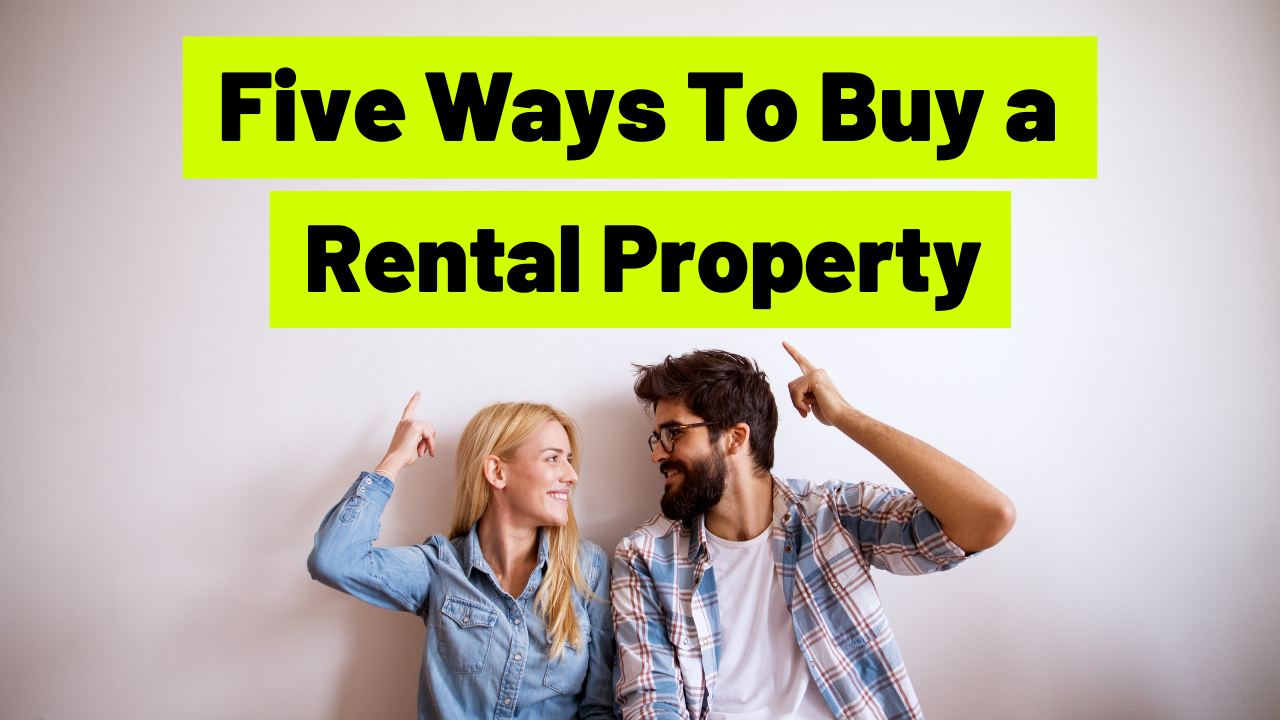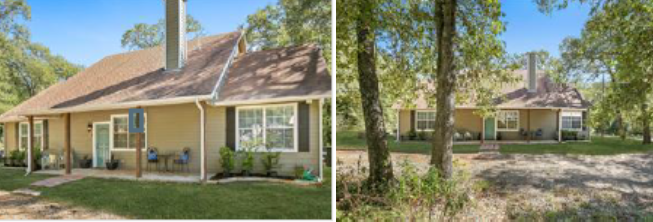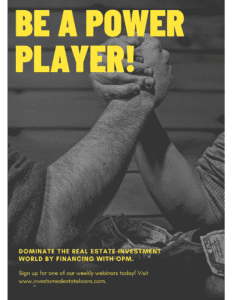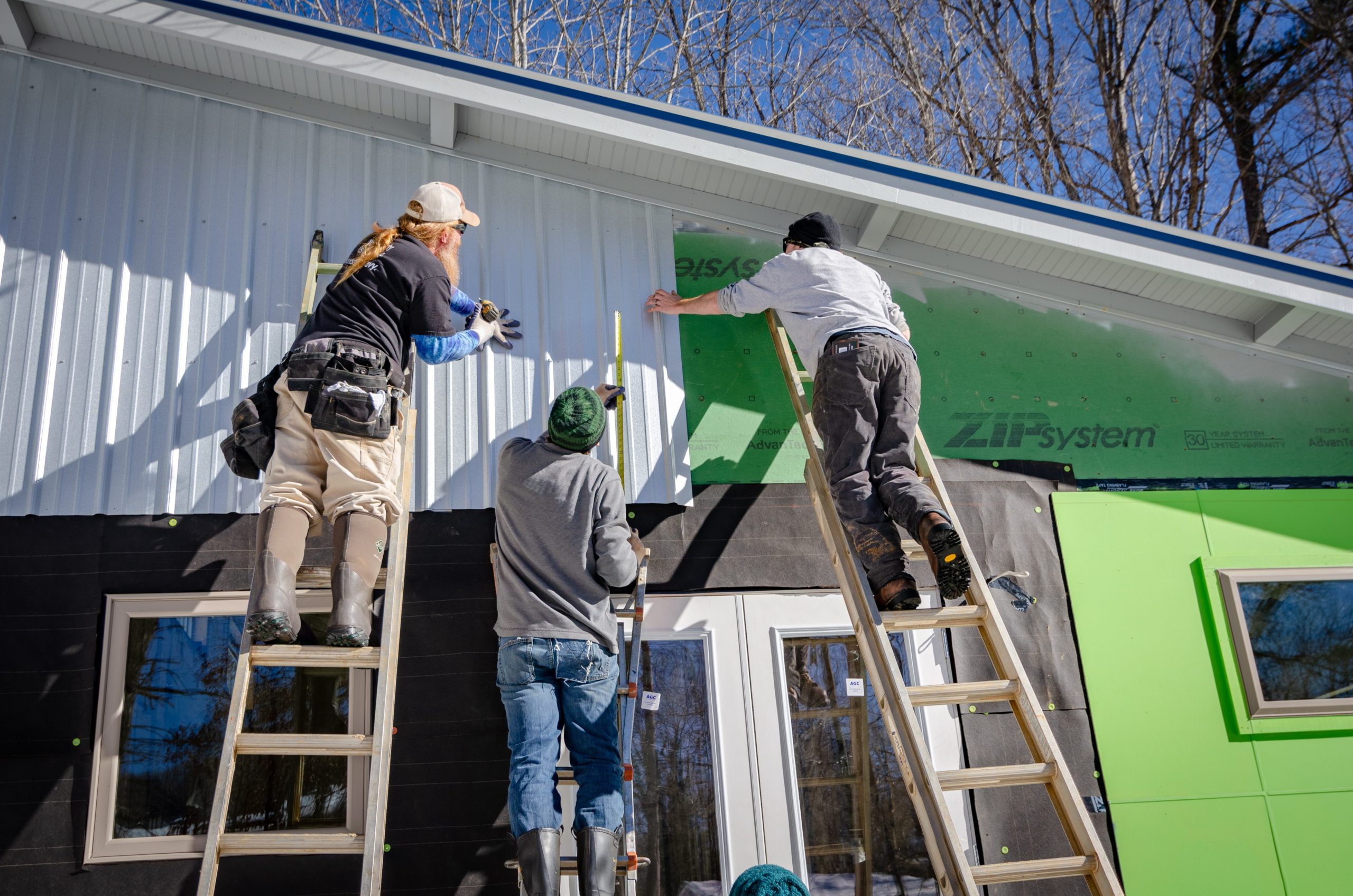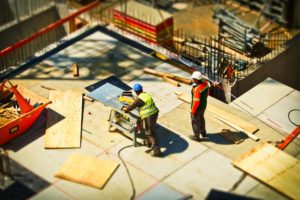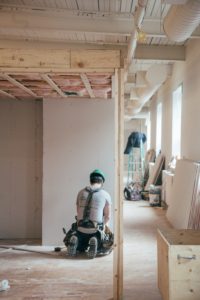The BRRRR Method Returns Strong in 2024
What is hot today in real estate investing? The answer is BRRRR! It stands for buy, rehab, rent, refinance, and repeat. This BRRRR method returns strong in 2024, and is the perfect way to build your portfolio of rentals. By using it correctly, you can put little to no money in and win the real estate investing game.
How do you get started?
First and foremost, the success of BRRRR is dependent on buying properties that are under market value. These properties are often ones that the owner didn’t want to clean or fix up prior to selling. Once you bring the property up to market value, you will create wealth by creating equity. Unlike other methods that take your money, BRRRR takes a little more work in order to be successful. There are a lot of great deals out there. It’s just a matter of finding them. Those who look at more properties will find better deals, as opposed to others who only look at one property a week.
Example:
Homes in the area are $500K.
You buy a property under market value at $300K.
By putting in $100K, you can then see what the real value is for the property.
The property is now worth market value.
Financing is the biggest roadblock.
How can you build your portfolio quickly and easily while using little to none of your own money? The answer is by finding the right loan. The right loan is one that allows you to buy an undermarket property, will cover the purchase, and cover the rehab. Since the success of BRRRR is reliant on buying properties that are under market, it is imperative that you have the right loan. To get on the fast track to success you need to use a bridge loan, hard money loan, or a private loan when considering BRRRR.
Example:
Traditional loans:
Buy a rental property for $300K.
Traditional Lender requires 20% down, which totals $60K
Your $60K is gone.
This would be for only one property.
BRRRR
Buy a rental property for $300K
Closing costs are $6K.
If you were to buy 10 properties it would total of $60K
After refinance the property would have $54K in equity.
If you bought 10 properties and refinanced them all, the equity would be $540K
This is money that you have just created by using little to none of your own money.
Creating equity by putting in sweat equity
Real estate investors who use the BRRRR strategy create both equity and a margin by putting in sweat equity. What is sweat equity? It is the time you spend finding the property and the time you spend fixing it up. In doing so, you’ve created the equity that can be used when you go to refinance without needing any money out of pocket. Those who put in the effort will be successful in a matter of years.
Example:
Buy a property for $200K
Put in $30K
When it’s all fixed up, it will be $300K
You have now built equity by taking something that needs work and putting work into it. Just to clarify, equity is the difference between the appraisal and what you owe.This is the amount that you can contribute to the refinance.
It’s all about the numbers!
Both hard money lenders and private lenders look at properties to determine what the after repair value will be. In order to be successful using the BRRRR method, the ARV should be between 75% to 80%. Traditional lenders on the other hand will look at loan to value when looking at a property. It is important that real estate investors know what the loan side looks like for a property before jumping into a deal. Remember, the lower the ARV, the lower the loan, and the less you owe. By working with investor friendly loans, knowing your pieces, and knowing your numbers, you will be successful.
One method, 2 loans.
Just to clarify, BRRRR is not a type of loan. Instead, it is a strategy that uses 2 different loans. One loan is to purchase and fix up the property. The second loan is a long term loan that you can put the property into after it is fixed up. Many lenders are able to cover 100% of the purchase as well as 100% of the refinance depending on the property. One thing to keep in mind is that some lenders have restrictions as to when you can refinance the property. It is important that you understand the system so that you know what’s coming!
BRRRR timeline:
30-45 days – get in and rehab
30-60 days – rent out the property
60-90 days – refinance into a long term loan
While there might be some carry costs, the rent is going to cover it.
Create life changing money today!
You can create life changing money today by using the BRRRR method. By making sure that you find under market value properties and can qualify for a long term loan, you can create a great life! While many real estate investors expect to find the perfect property in a matter of months, the reality is that it could take a few years. Take the time to learn the process and be patient. Once you go through one or two of them, it will become easy! Would you like to learn more about building $500K in only 3 years? Contact us today!
Watch our most recent video about The BRRRR Method Returns Strong in 2024.


